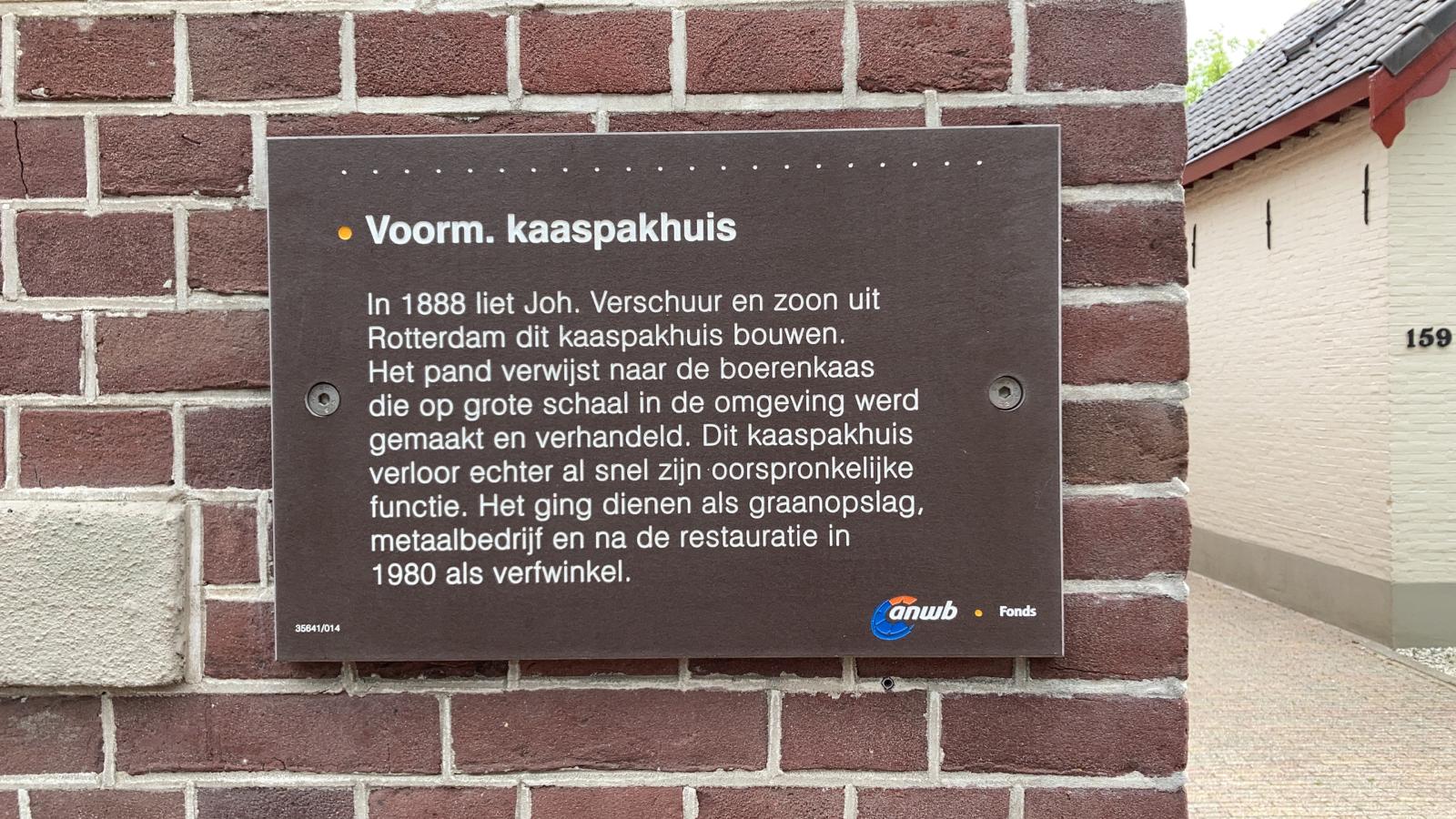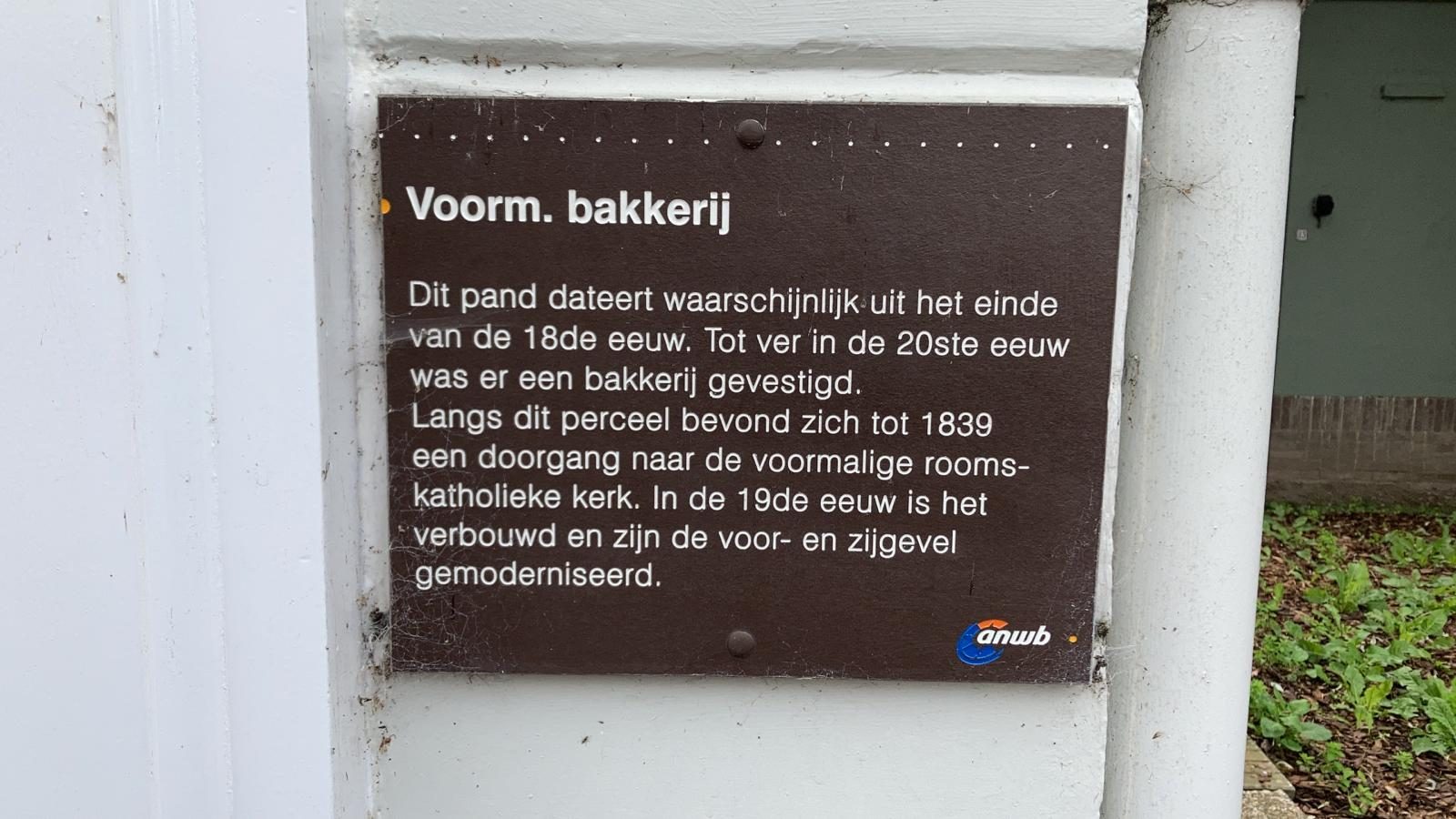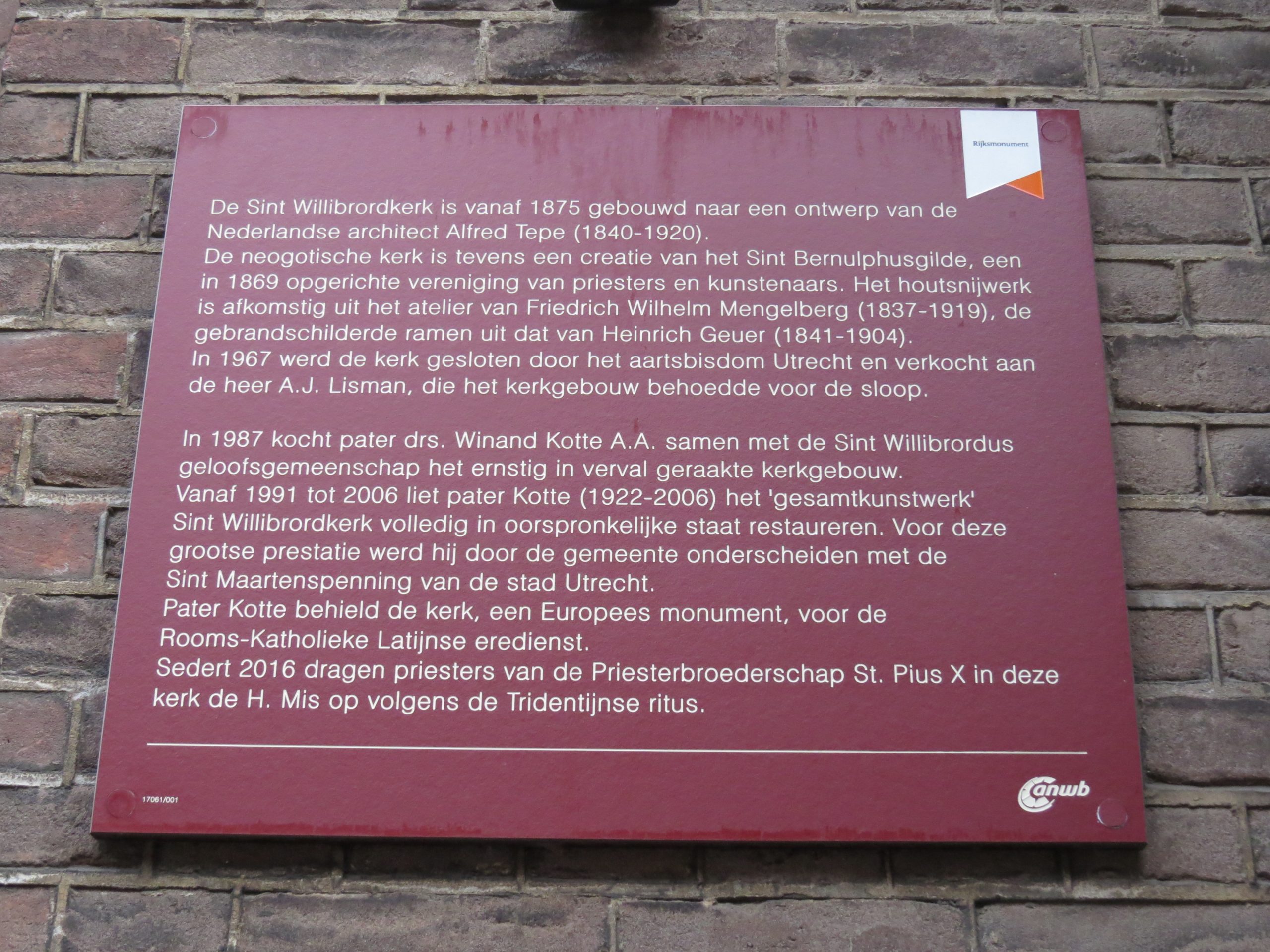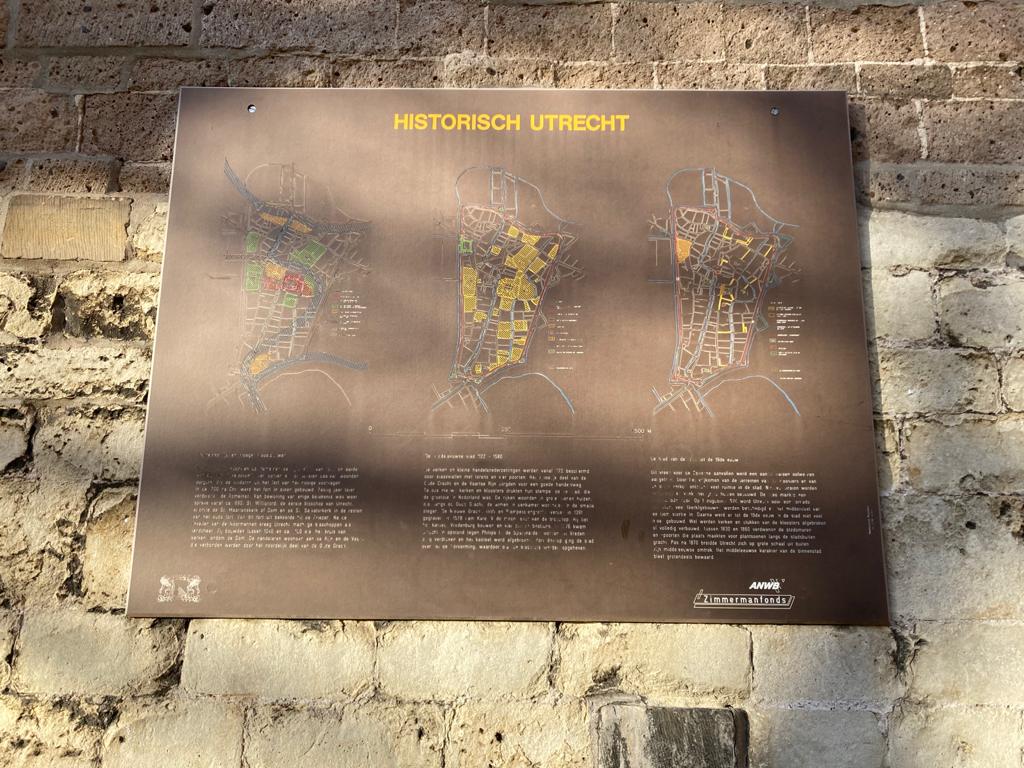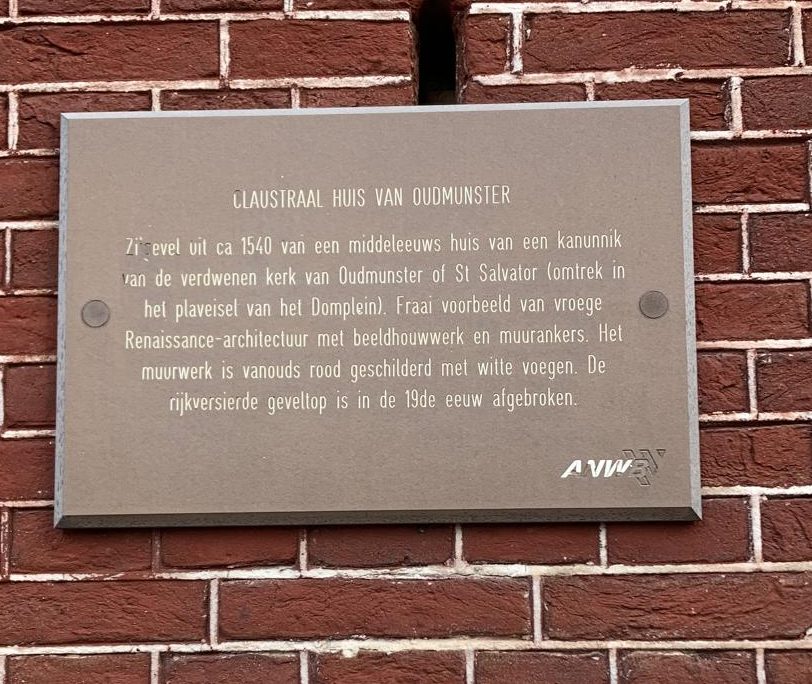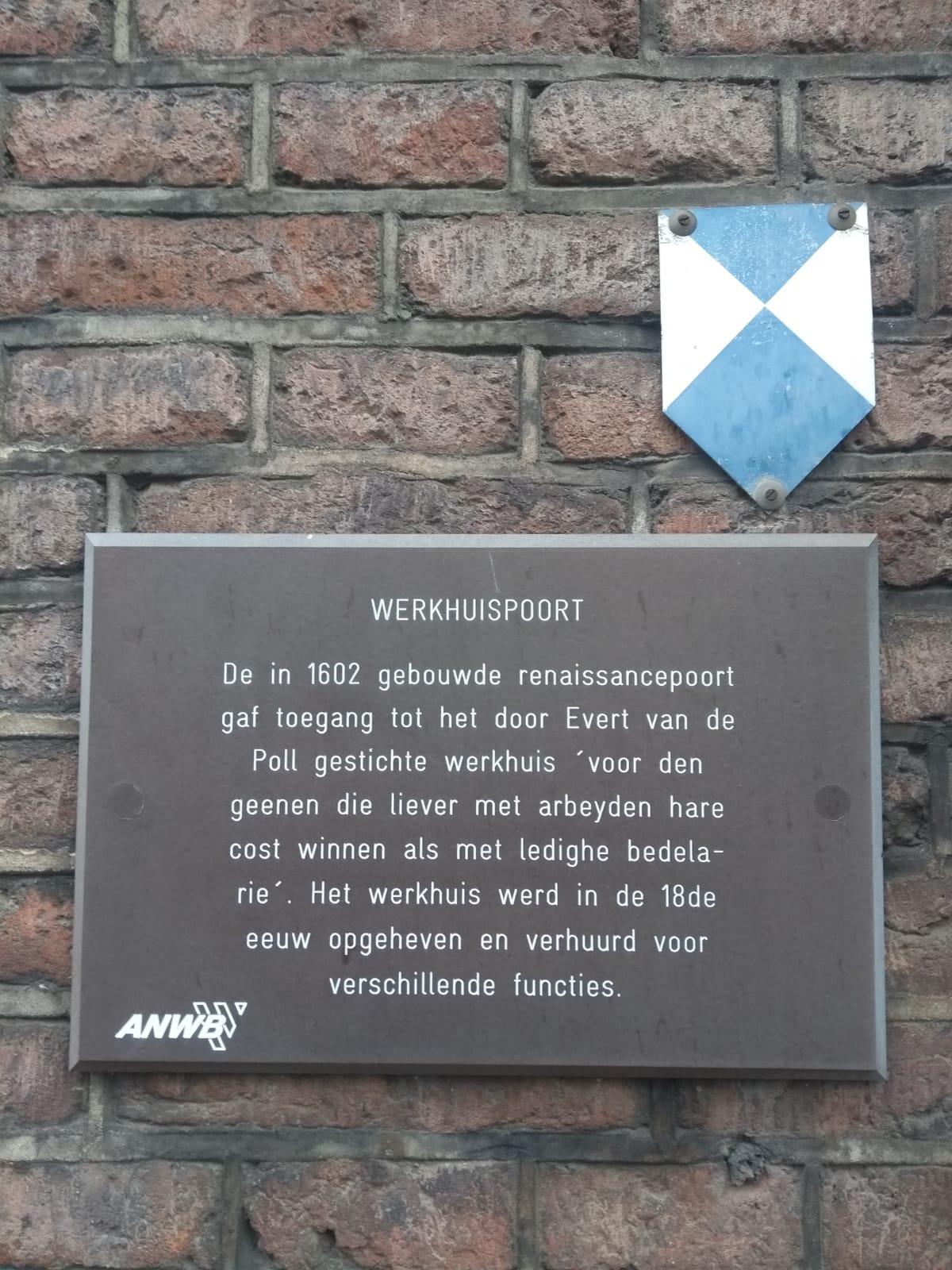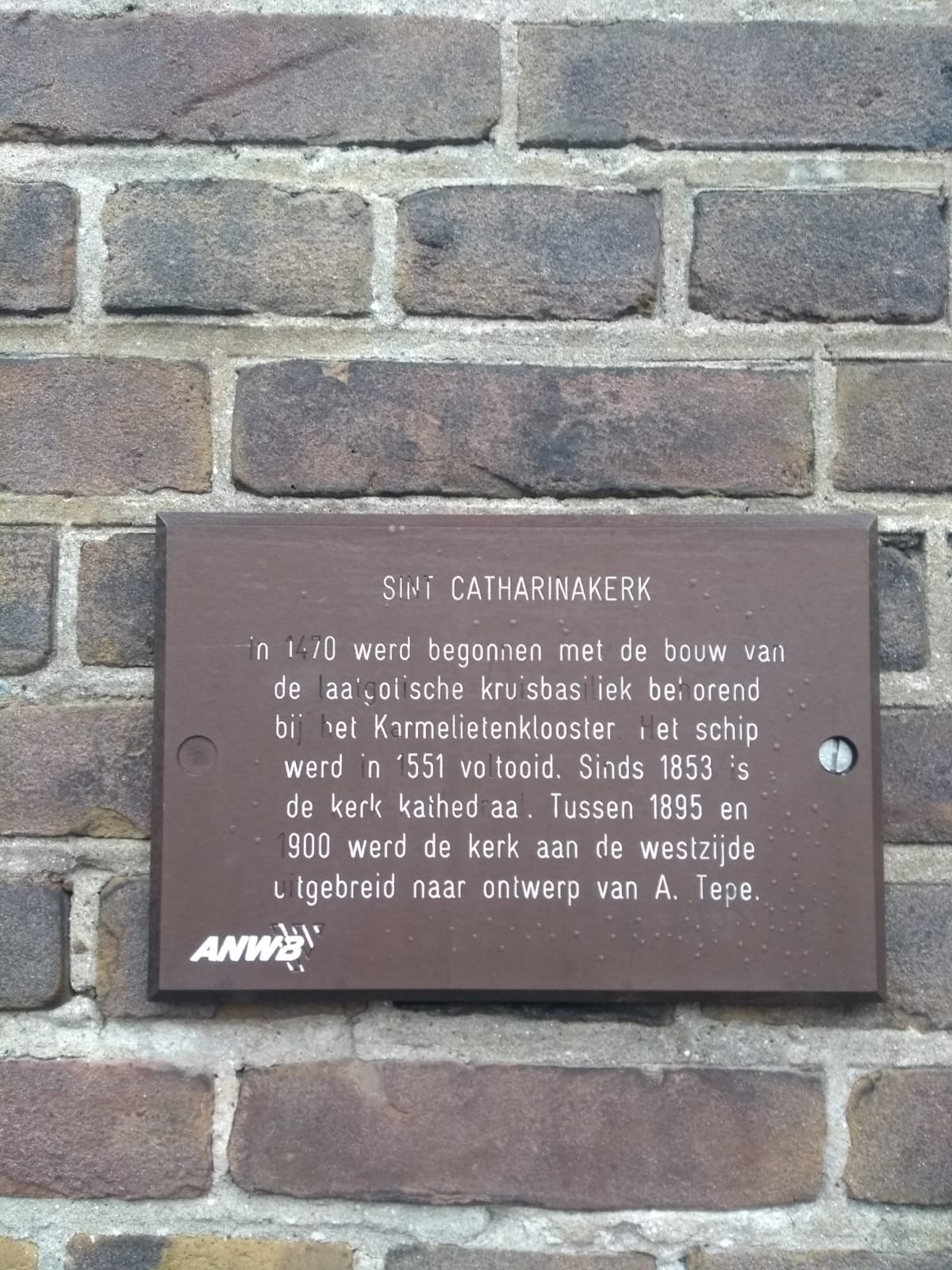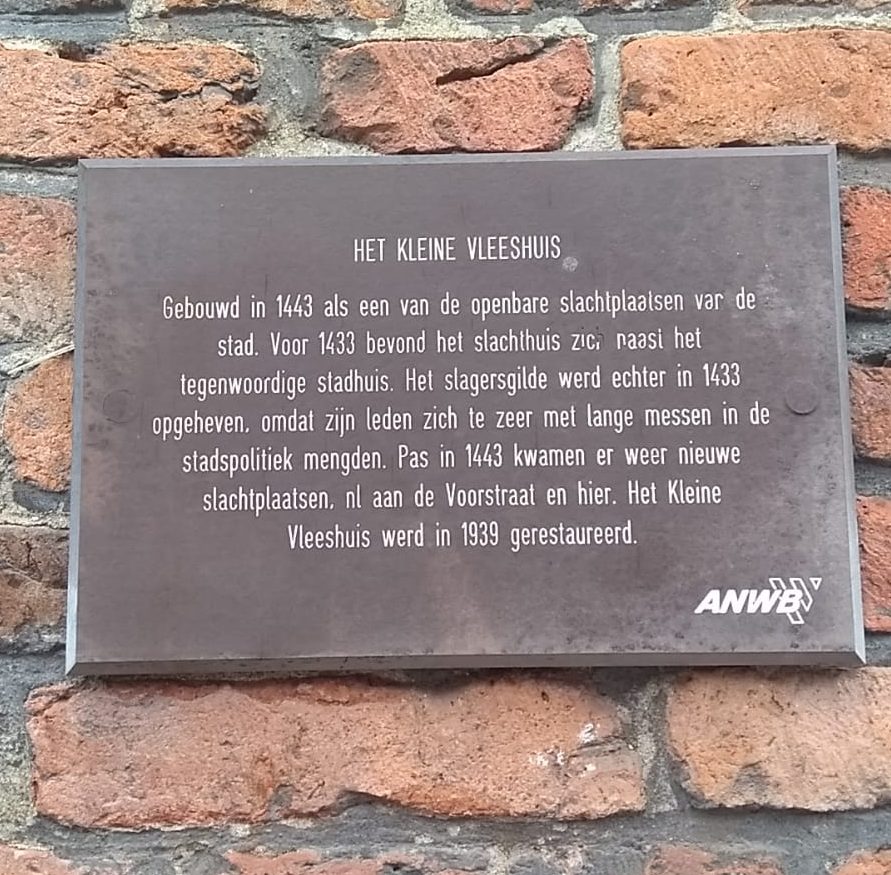Former cheese warehouse
Former cheese warehouse In 1888 Joh. Verschuur and son from Rotterdam built this cheese warehouse. The building refers to the farmhouse cheese that was made and traded on a large scale in the area. However, this cheese warehouse soon lost its original function. It was used as a grain store, metal company and after the […]

